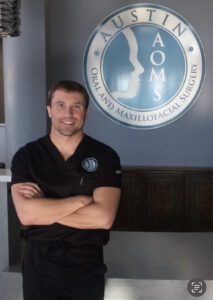Medical scribes are becoming increasingly important in the healthcare industry. They help physicians by accurately documenting patient information, streamlining workflows, and making medical records easier to maintain. If you’re interested in pursuing a career as a medical scribe, it’s important to have the appropriate training and knowledge to perform the job well. In this article, we’ll give you a guide to comprehensive medical scribe training, so you can master the craft and excel in your career.
Get Certified
The first step in comprehensive medical scribe training is to earn a certification. Certification programs like the Certified Medical Scribe Professional (CMSP) program, offer classes and exams that cover topics such as medical terminology, anatomy and physiology, medical ethics, and more. Earning a certification proves to employers that you have the necessary skills and expertise to excel in the job.
Learn the Systems
Another important component of medical scribe training is familiarizing yourself with the electronic health record (EHR) systems that are commonly used in healthcare. Some examples of these systems include Epic, Cerner, and Allscripts. Familiarizing yourself with these systems not only shows that you have a broader understanding of the industry, but it also makes the job itself much easier.
Practice Active Listening
One of the most important skills for a medical scribe to have is the ability to actively listen. This means that you’re not just hearing the patient’s words, but you’re also paying attention to their body language and nonverbal cues. Active listening helps you to better understand the patient’s needs, which in turn helps you to document their information more accurately.
Develop Good Documentation Habits
One of the primary responsibilities of a medical scribe is to document a patient’s visit in a clear and concise manner. Developing good documentation habits is essential in this role. Make sure that you’re capturing all relevant information, including vital signs, medications, and symptoms. Additionally, make sure that you’re using clear and concise language, and that you’re following the guidelines set forth by your employer.
Build Strong Relationships
Finally, comprehensive medical scribe training includes developing strong relationships with physicians and other healthcare providers. Having open communication and a good rapport with members of the healthcare team can make the job easier and more enjoyable. It also helps to ensure that you’re accurately documenting patient information.
Short:
Becoming a Medical scribe training takes time and effort, but with comprehensive training, you can achieve mastery in the craft. By earning a certification, familiarizing yourself with EHR systems, practicing active listening, developing good documentation habits, and building strong relationships, you will be better positioned to excel in a career in the healthcare industry. If you’re ready to pursue this exciting career path, keep these tips in mind and start training today!


